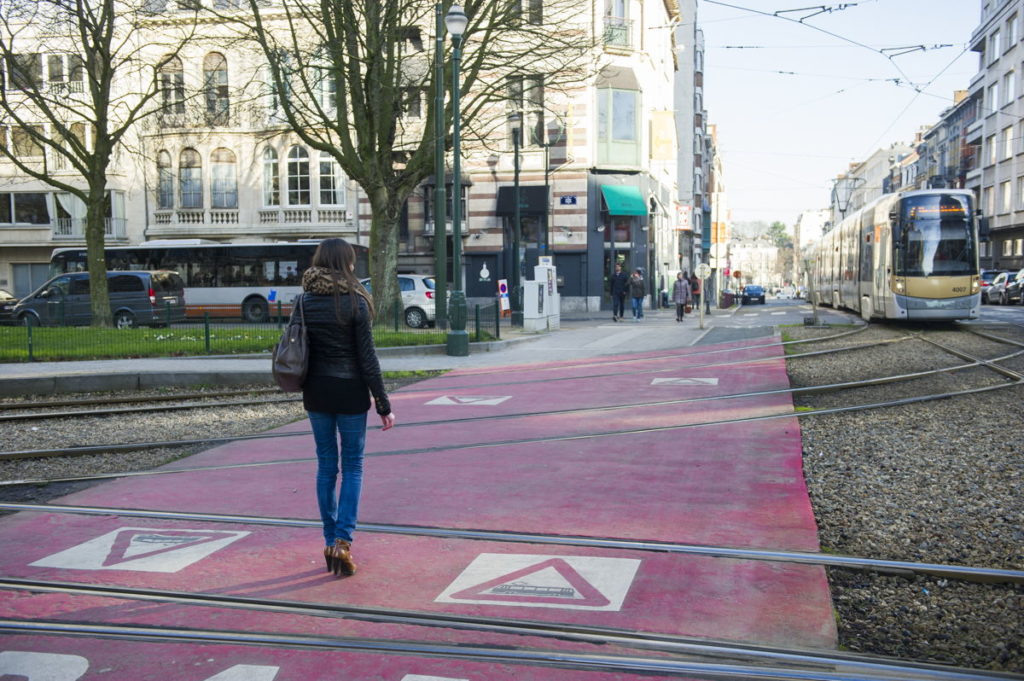A decrease in the number of accidents involving Brussels public transport operator STIB's trams was recorded in 2020 for the fifth consecutive year.
Between 2019 and 2020, the number of accidents fell by 30%, as the ongoing trend was further enhanced by the fact that the number of journeys was reduced as a result of the pandemic.
"Even if the number of kilometres travelled by trams fell by 7.76% in 2020 compared to 2019, the reduction in tram accidents remains significant and confirms the good results of recent years," a STIB press release stated on Tuesday.
In 2020, STIB recorded 27 accidents involving trams and pedestrians. Since 2016, this decline in the number of tram accidents has been ongoing, as 52 accidents involving a tram and a pedestrian were recorded in 2016, 45 in 2017, 39 in 2018 and 38 in 2019, 27 in 2020.
Meanwhile, 19 collisions were recorded with cyclists in 2020, a decrease despite there being an increase in the number of cyclists.
The company added that this decline is also significant in light of "the emergence of new means of transport that are sometimes not very visible from a driving position and require constant vigilance on the part of STIB drivers."
40-metre breaking space
The decrease in the number of accidents is also a result of the action taken by the company to make passengers and other people more aware of the risks.
"These good results do not take away from the fact that awareness campaigns are still important. In early autumn, the tracks are more slippery due to falling leaves, making it even harder for trams to break. There is also less visibility as the days get shorter," the company stated.
Aside from urging its staff to be extra vigilant, it is also reminding other road users to always give priority to trams, as they have a much greater braking distance than other vehicles: A tram travelling at 40 km/hr needs 40 metres to stop, twice the space needed for cars to stop.
"Trams are given priority for technical and safety reasons, as it cannot stop as quickly as a vehicle on tyres. It is therefore important that cyclists move aside when a tram approaches and that pedestrians respect the traffic lights," Amal Kammachi, risk and safety manager at STIB said.
An additional risk factor was added this year due to the gradual return of life to the city, as many people are no longer used to moving around in the city and therefore have to get used to the presence of tram.
To further continue this trend, acoustic warning signals are systematically used for every arrival at and departure from a stop, while adjustments were made in sensitive areas (road markings, flashing lights, chicanes, etc.).

